Industry News

OEMs vs Tech Giants - Who Will Commercialize L4 Autonomy First?
SBD Automotive
Around the world, automotive trials of Level 4 technologies are working to change how the industry uses and interacts with the vehicle. Today, many of these trials are investigating how L4 can be used to develop and scale a variety of commercial self-driving services tailored for consumers. In realizing the benefits and profitability opportunities of these services, legacy OEMs and newer technology firms were equally drawn to them. With both sides now co-existing in the L4 trial space, who will be the first to pass the trial stage and fully commercialize Level 4 autonomy?
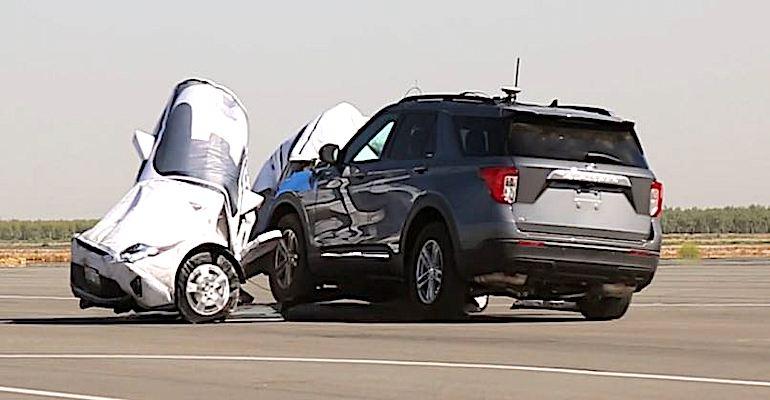
AAA Takes Aim at Underperforming ADAS
Design News
The American Automobile Association (AAA) isn’t thrilled with the current state of Advanced Driver Assistance Systems (ADAS), with particular criticism of the names of these systems. AAA says names like Autopilot, ProPILOT, or Pilot Assist mislead drivers into expecting that these systems will drive the car for them when that is not the case.
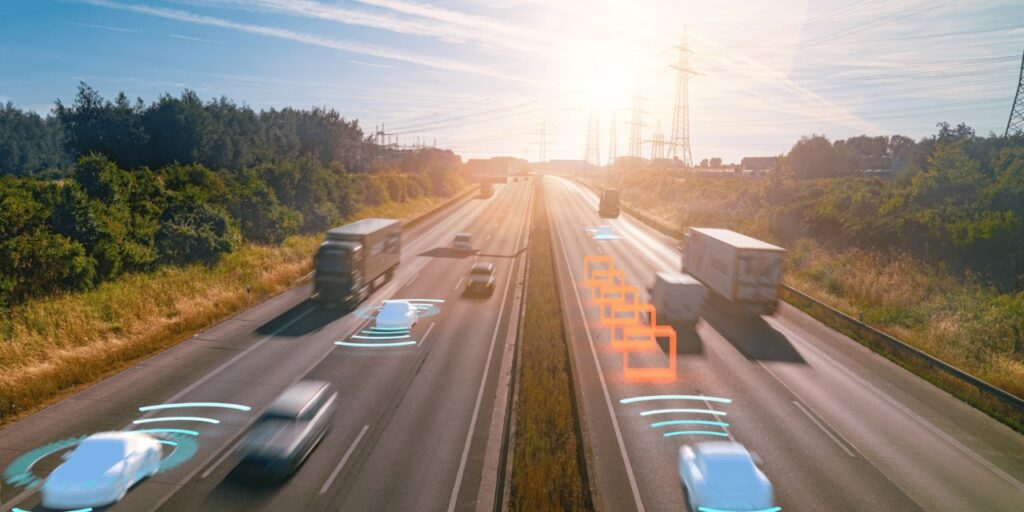
ADAS Too Overwhelming?
The Brake Report
When do advanced driver-assistance systems become too overwhelming, too all-encompassing for the safety of the driver, occupants or others in the vicinity of such a vehicle? The Brake Academy posted the following look at this side of modern technology by Dr. Mo Esgandari.
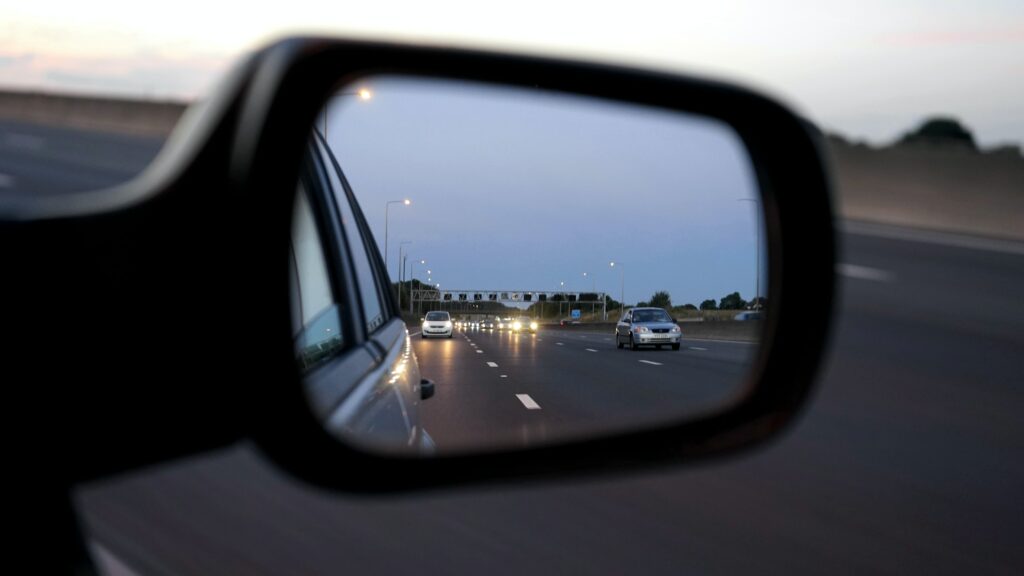
Editorial: Automated Tech Can Save Lives — If Done Right
Automotive News
There has been consternation recently over how long it will take to solve the puzzle of full vehicle automation. But do not overlook how technologies are bridging the gap until that far-off day and preventing crashes and saving lives — now.
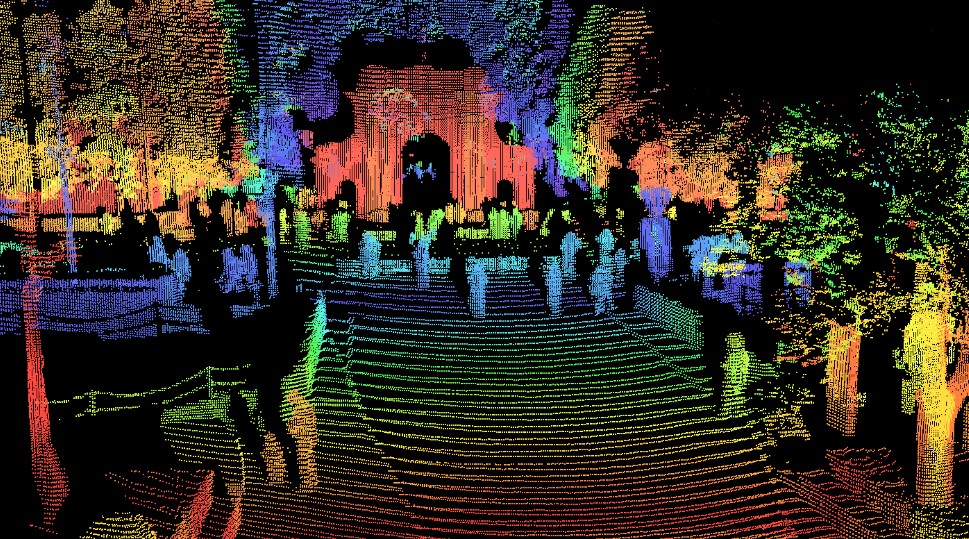
Lidar Market Upheavals: Who’s Next for M&A?
The Ojo-Yoshida Report
Lidar startups that developed new and innovative technologies once appeared to be ushering in the robotaxi era. But the automotive industry’s demands, coupled with geopolitics, have transformed the market, forcing lidar startups to fight for survival. Who should merge with whom, and which companies are acquisition targets?
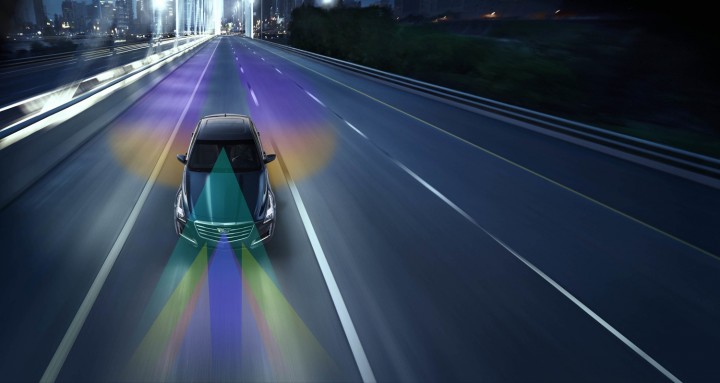
Vehicle ADAS Satisfaction Needs Improvement, Says New Study
GM Authority
While technologies like lane departure warning and automatic emergency braking are convenient and decrease the likelihood of an accident, they rely on multiple different systems and cameras in order to function properly. As a result, if one of these systems malfunctions, the vehicle’s entire safety technology is rendered unavailable.
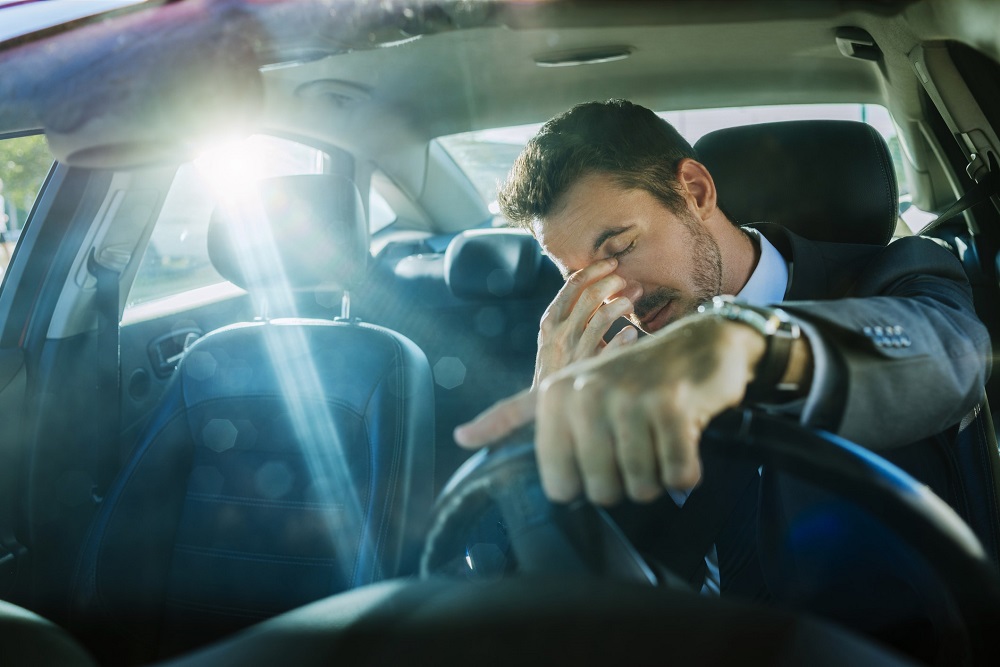
Drive ’Til You Can’t, Then AV Aids Kick In
The Ojo-Yoshida Report
It’s time for the automotive and tech industries to rethink whether and why the public actually needs “self-driving cars,” aside from the need to please investors who poured billions into startups working on robotaxis and robotrucks.
After several days last week in Brussels talking to throngs of automotive engineers at AutoSens, I had an epiphany. The whole auto industry might be looking at AVs through the wrong end of the telescope.


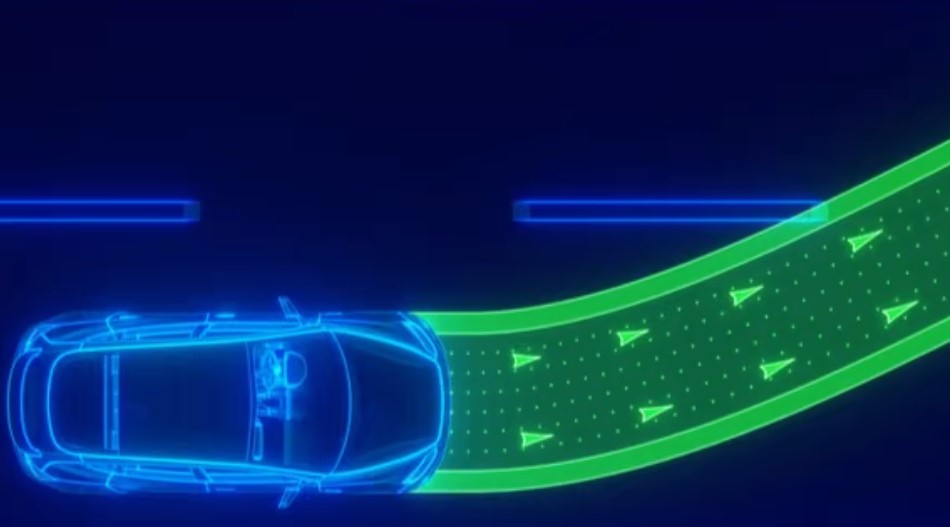
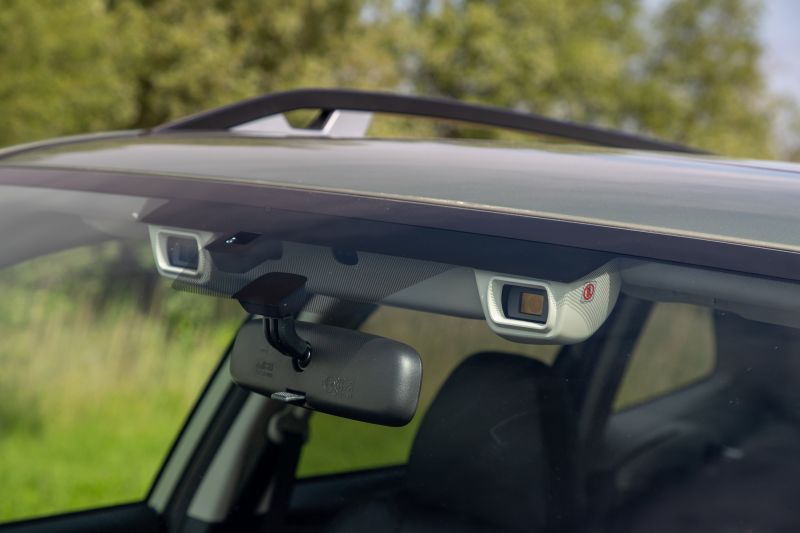
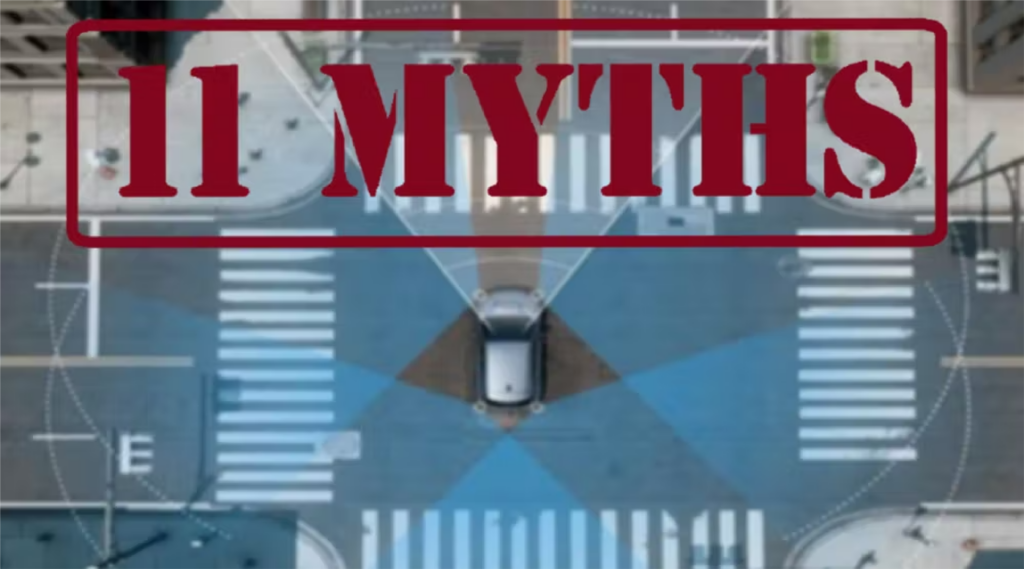
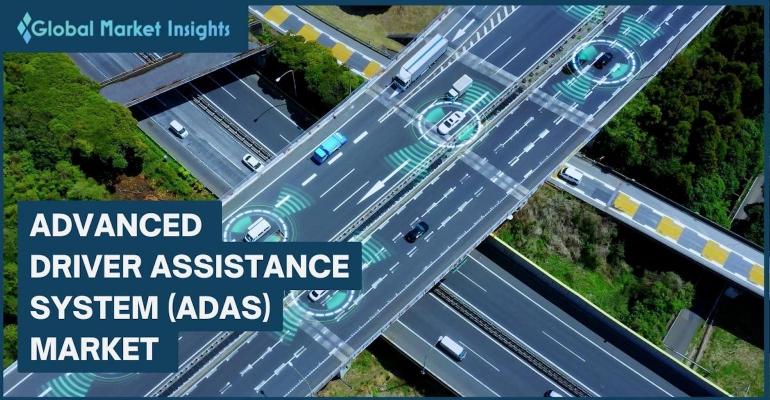
Advanced Driver Assistance System (ADAS) Market to Expand Beyond $100B by 2030
Design News
Robust advancements in vehicular technologies will positively impact the global advanced driver assistance system (ADAS) market forecast. The growing frequency of traffic congestion and increased focus on safety has made it increasingly difficult for people to navigate through heavy traffic, thereby fueling the need for innovative car technologies.

Nearly 400 Crashes In Past Year Involved Driver-Assistance Technology—Most From Tesla
Forbes
The National Highway Traffic Safety Administration released data Wednesday revealing hundreds of car accidents linked to advanced driver-assist systems (ADAS), and unsurprisingly most of the accidents were linked to Tesla’s Autopilot technology that’s come under increased scrutiny.

Practice Doesn't Equal Perfect: AAA Study Examines a "Hands-On" Learning Method to ADAS
AutoVision News
AAA conducted a study to determine how effective a “learn as you go” approach is for drivers new to ADAS systems. How does knowledge of ADAS develop over time with no outside influences like a demonstration or a user’s manual to shape it? To answer that question, AAA took 39 drivers with no previous experience with adaptive cruise control (ACC) and tracked how their knowledge developed throughout six months of use.
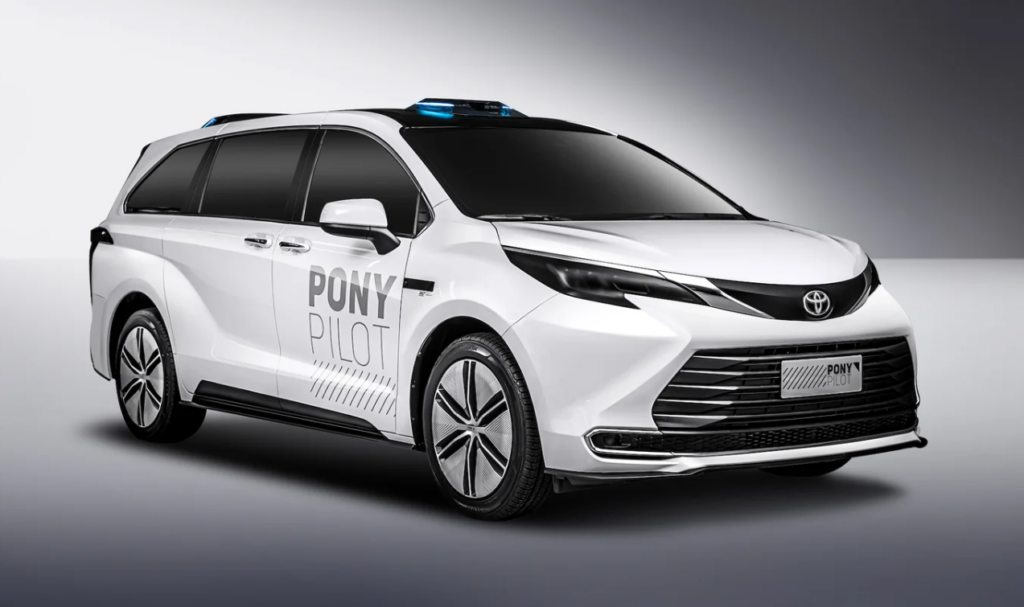
What’s Going On with Self Driving Cars Right Now?
Popular Science
Here’s what the major players are up to, even as one company experiences a setback.
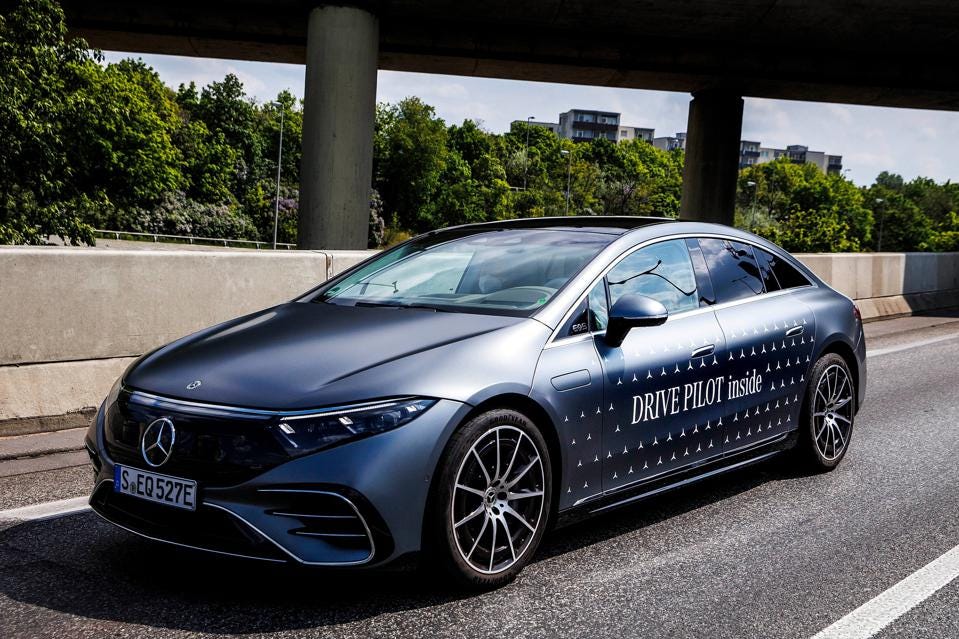
Automotive LiDAR Has Arrived
Forbes
“Daimler’s recent introduction of a Level 3 option (L3, automated driving in certain conditions with the human driver ready to take over once summoned) in the S-Class luxury model is a significant breakthrough for the autonomy revolution. Multiple other automotive companies have announced imminent availability of this feature including Honda and BMW. 3D imaging with LiDAR (Light Detection and Ranging) is a key sensing technology that makes this possible. A recent article (covering LiDAR at the January 2022 Consumer Electronics Show in Las Vegas) examined the question “Has LiDAR Arrived?” Four months later, the answer is YES.”

Bad Weather Still the Main Issue for Driverless Tech Sensors?
TU AUTOMOTIVE
“Equipped with a device array anchored by LiDAR and video cameras, the average advanced vehicle of today “sees” and “feels” the road and surrounding topography more clearly than its predecessors ever could. However, there is one major problem with these devices – like our own eyes, their effectiveness can be badly affected by the weather. Rain, fog, mud, almost any challenge from Mother Nature can cloud those eyes, threatening the effectiveness of the advanced assistive features that depend on them.”
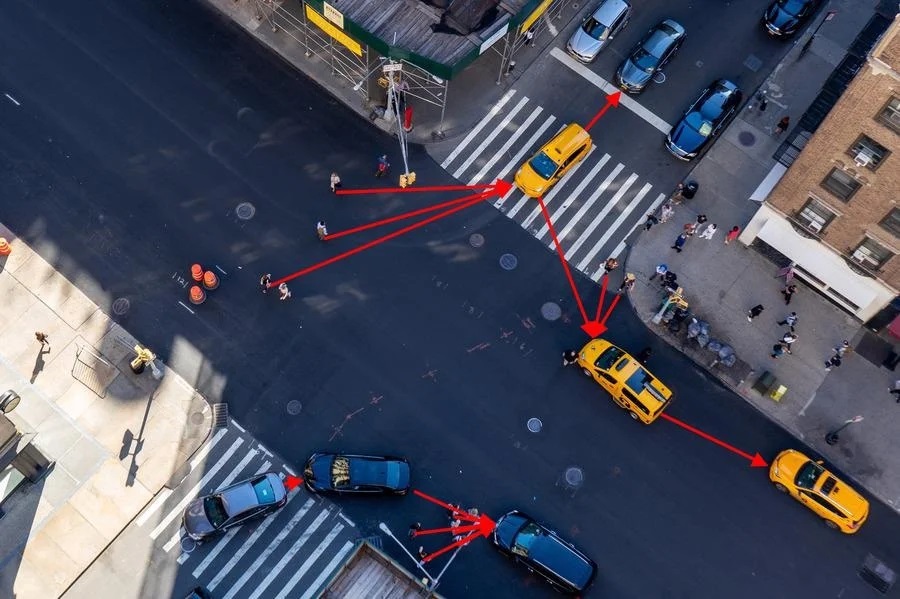
Enhancing Autonomous Vehicles with Machine Learning
AZO ROBOTICS
To safely maneuver through today’s busy city streets, the computer of an automated vehicle would need to deal with numerous hazards such as crossing pedestrians, cyclists and human drivers. However, predicting exactly what a human is going to do next is not an easy task.
As it stands, current artificial intelligence (AI) systems are not fully up to the task to deal with unpredictable human behavior as they are fundamentally focused on a single task or behavior and, as a result, have issues with knowing how to react to sudden changes in direction such as a swerving cyclist or multiple road users at the same time.”
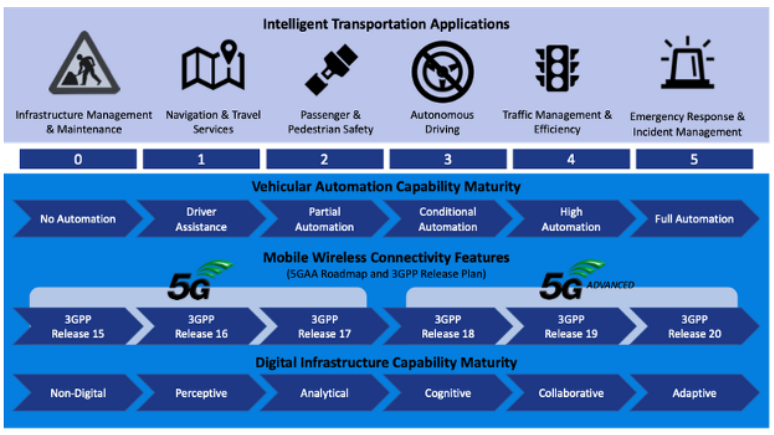
New Challenges for Connected Vehicles
SEMICONDUCTOR ENGINEERING
“The ultimate goal would be connected, self-driving vehicles, but it may be years before that happens. Still, there is momentum to make that a reality. The U.S. Department of Transportation said 592,000 crashes and 270,000 injuries each year are preventable, and the USDOT Connected Vehicle program is working with local transportation agencies, automakers, and device makers to advance connected vehicle development.
This is a non-trivial effort involving multiple companies, agencies, and academic research. Connected vehicles require sophisticated electronics and software. With more electronic components added to the vehicle, the design process already has become extremely complex, and that complexity continues to grow.”
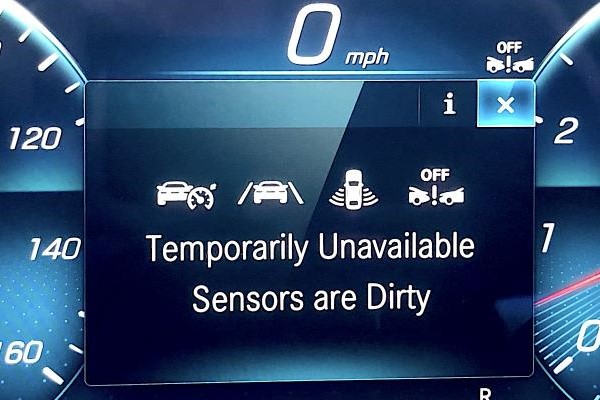
Cleaning ADAS sensors with sound instead of water
Design News
“An autonomous car might not have a person present when it sets out on its drive. And for advanced driver assistance system (ADAS) sensors that assist human drivers, the driver cannot tell when the sensors are obstructed. In this case, the car will notify the driver that the ADAS functions are disabled because the necessary sensors are blocked.
The solution will be for sensors to have their own cleaning systems that automatically clear dirt and ice as needed so that the systems can stay online, said Tom Jellicoe, head of autonomous technology at the British technology company TTP. “When you start adding sensors, it becomes less acceptable to have to go around cleaning them all manually,” he said.”
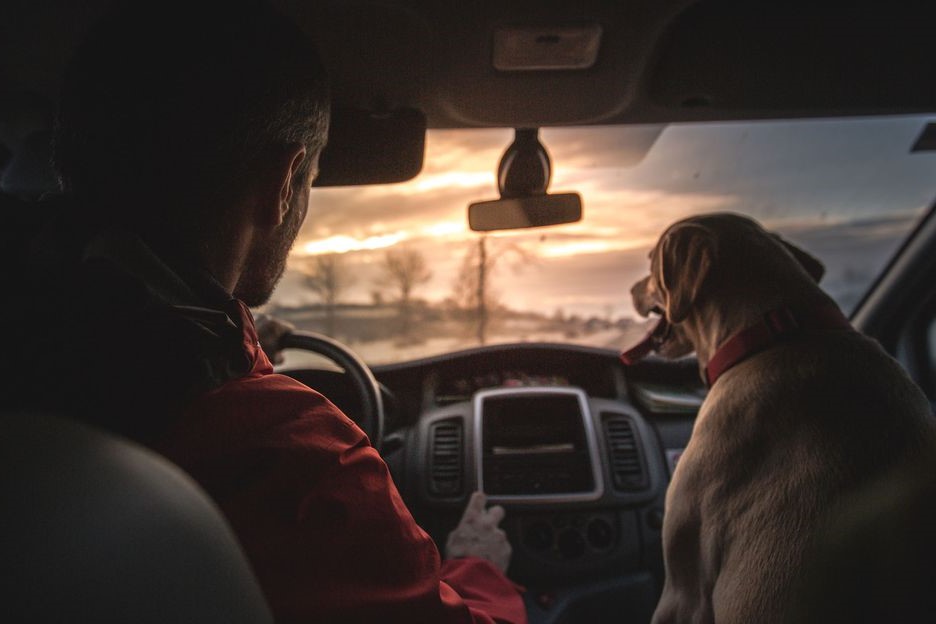
The cost of car insurance is going up, too - here's why
MarketWatch
“The cost to fix cars has spiked, as well. While there’s currently a shortage of auto supplies, the growing use of advanced driver assistance systems, or ADAS, in new vehicles is also driving up repair costs. These systems assist while driving or parking, and use sensors and cameras that can be both difficult and expensive to repair. Even a minor accident could result in a pricey repair bill. This increased cost means more expensive claims for insurers, and claims are already expected to return to pre-pandemic numbers this year.“
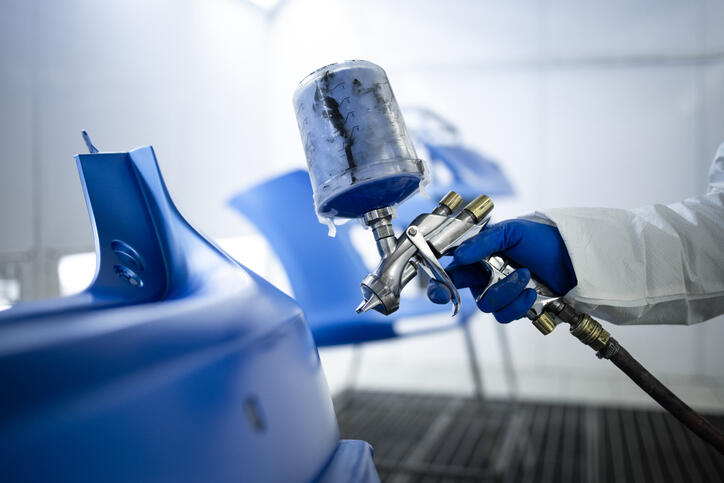
Research finds some metallic finishes interfere with ADAS operation
Repairer Driven News
“Research by PPG has found that the use of some metallic finishes on repainted bumper covers can interfere with the operation of radar units located behind them, according to the company’s global products and segments director.
PPG’s research, conducted in partnership with a number of OEMs to calculate the impact of dozens of colors on repainted bumpers, found that while the majority of colors do not affect advanced driver assistance systems (ADAS) functionality, ‘a handful of metallic finishes did pose an issue,’ Nick Tullett said.”

Snow, fog, and ice spotlight ADAS system weakness
Automotive World
“As the seasons change, weather and road conditions become ever more unpredictable. From thick fog to treacherous snow and ice, driving becomes a challenge as sightlines are reduced and roadways turn slick—making safety top of mind for everyone on the road.
When a driver’s vision is challenged by conditions like heavy snow, dense fog, and pouring rain, the driver should be able to activate ADAS capabilities to improve awareness and assist in safely maintaining their own lane, avoiding hazards, and smoothly moving through turns.”
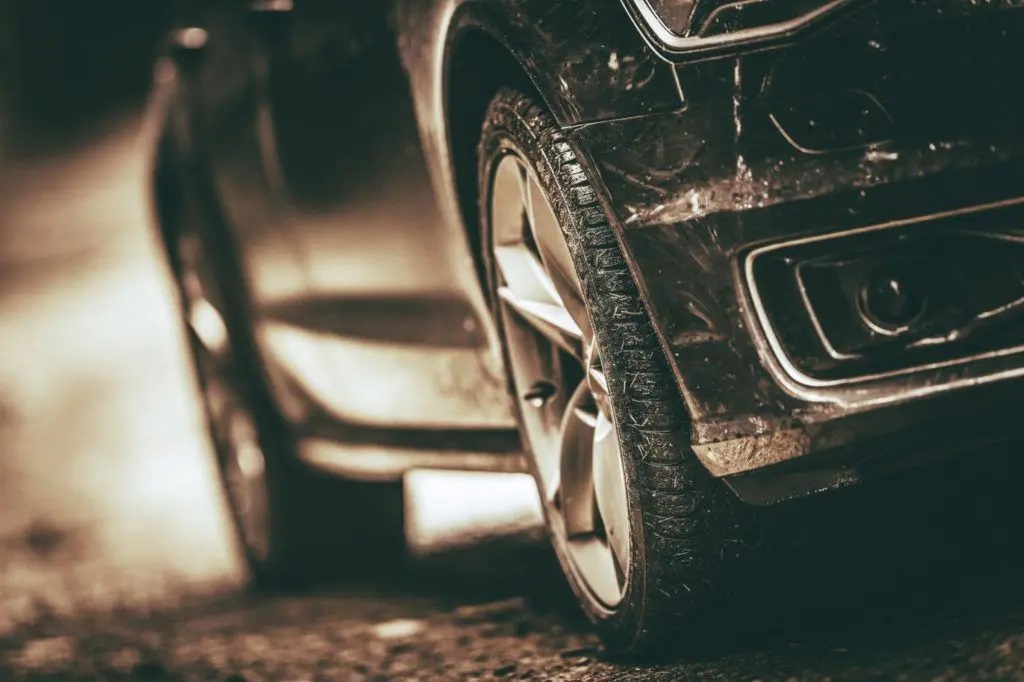
Sensor Cleaning Tech: How Engineers Protect Sensors From Bugs, Bird Droppings, Dirt & Grime
AutoVision News
“As members of the ADAS community, even tiny bugs are a big deal for us. Right now, some in our wider community are examining how insects, bird droppings, and debris in general impact sensor performance. Some ideas are being proposed on how to clean sensors on the move, while others focus on preventing the build-up of bugs and debris to begin with.
Dr. Andrew Baker-Campbell, head of the Sensors and Devices group at TTP, looks at how engineers are addressing this pesky problem of bugs and why sensor cleaning technology is so important.”

Rain Dropped: AAA Says Driver Assist Systems Can Fail In Poor Weather
Forbes
“With perhaps only a relative handful of exceptions, today’s fleet of cars, trucks, and SUVs offer an array of advanced driver assist systems (ADAS) that can provide an added layer of safety. Primary among them is forward automatic emergency braking that can slam on the brakes to avoid hitting a stopped vehicle or other obstruction if the driver isn’t reacting quickly enough. A study conducted by the Insurance Institute for Highway Safety determined that systems with forward collision warning and automatic braking cut rear-end crashes in half”
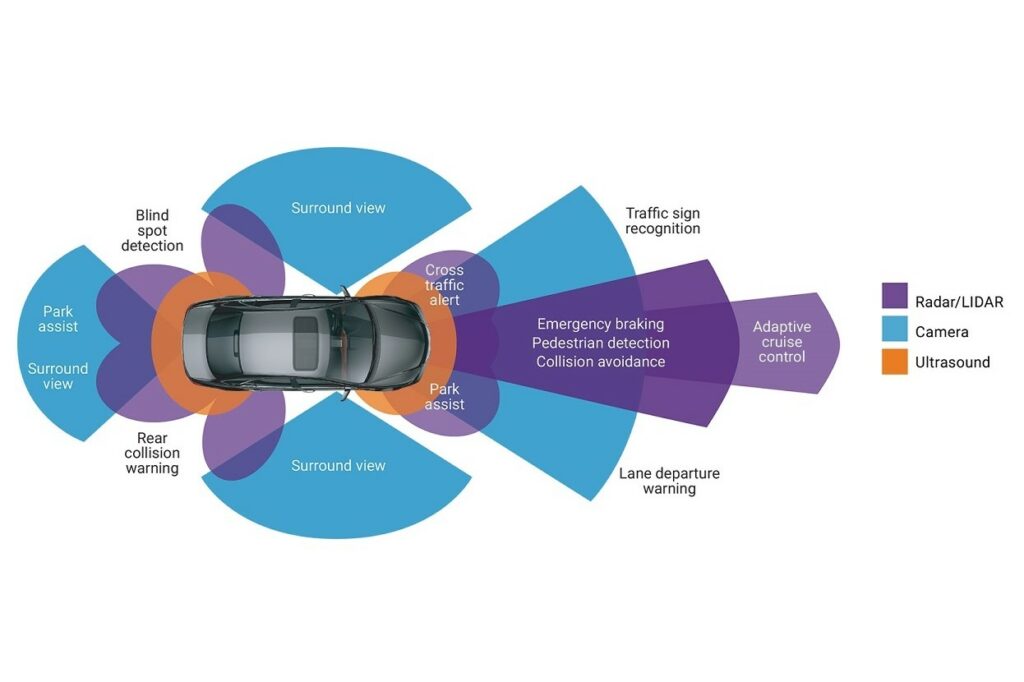
Why Sensor Technology is the Key to Autonomous Vehicles
EE Times
“We still have a long way to go to achieve roadways filled with self-driving vehicles. The current capabilities of sensors, while helpful, are relatively rudimentary when it comes to autonomous vehicles.
That said, the automotive industry has progressed dramatically in the past few years. If you rolled off the lot with a brand new vehicle five or six years ago, it would likely contain around 60 to 100 sensors. Today, that number is much closer to 200 or more.”

Is Digital Radar the Answer to ADAS Interference?
EE Times
“Among the immediate challenges for developers is the use of radar in ADAS, which has recently emerged as a cause of concern as the technology becomes more widespread. Radar is an essential component for achieving accurate sensing in a variety of systems. It is critical to detecting distance objects as well as the speed at which pedestrians or another vehicle may be travelling.”
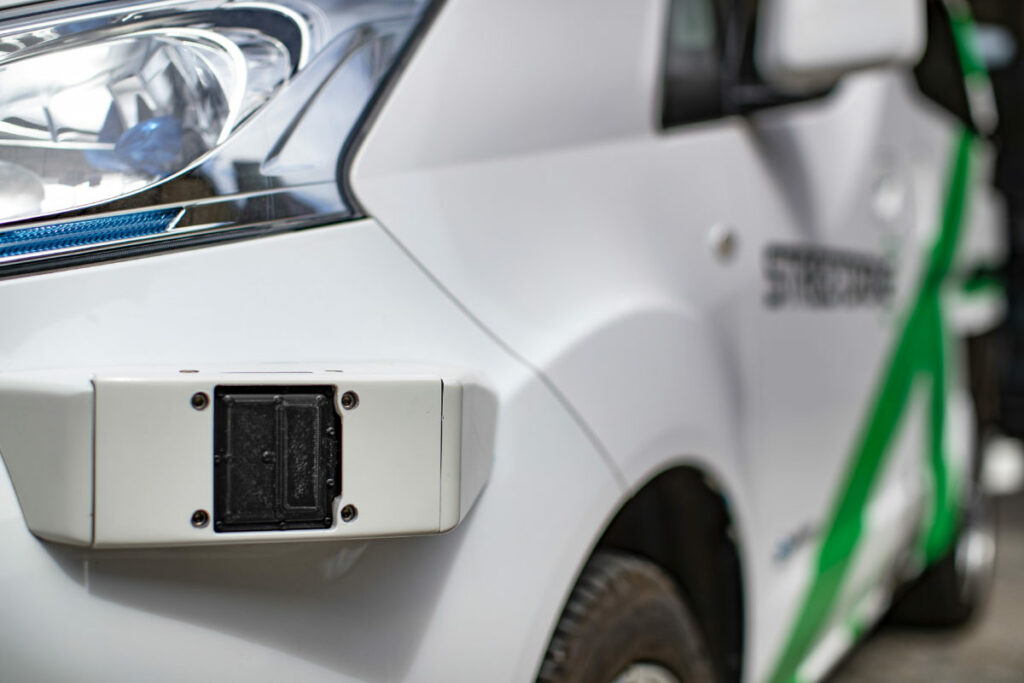
Sensor Protection Could Slash the Cost of Car Repair
Automotive World
“The failure of sensors brings multiple risks. The first is that it will result in damage to the car that will lead to the need for expensive repairs. Recent industry estimates indicate that some car parts can cost well over £1,000 (US$1,400) to repair or replace. The second is that it will render the car unusable even if there is nothing mechanically wrong with the rest of the vehicle. Either eventuality is likely to cause brand damage.
Failing sensors can also inflict significant environmental damage by causing an increase in emissions, alongside performance and drivability problems.”
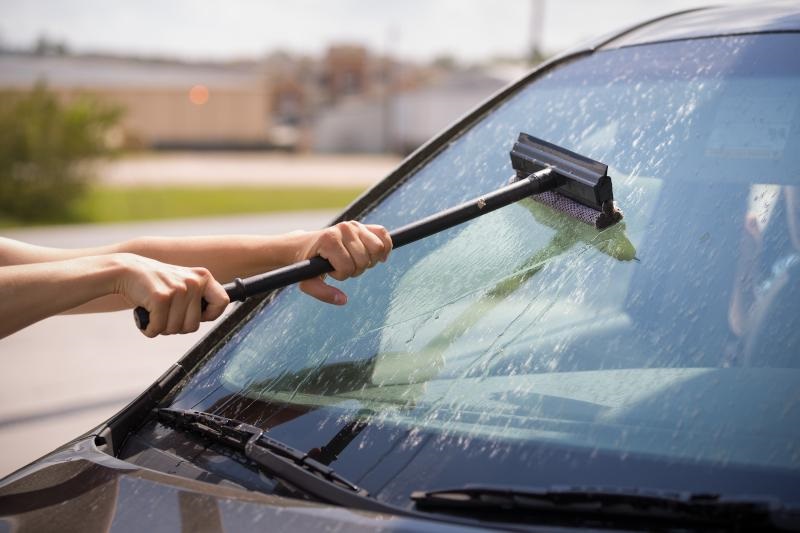
ADAS Sensors Create a Cleaning Nightmare
EE Times
“The unintended consequence of equipping cars with multiple types of sensors for driver assistance or for autonomous driving is that automakers are almost certainly going to have to add yet more subsystems to keep those sensors clear of obstructions.
The automotive industry is aware of the situation, but few auto makers have decided how to address the problem. While a blocked sensor could potentially cripple an autonomous vehicle (AV), human motorists are apt to experience a similar problem merely as an inconvenient disruption of an assisted-driving (ADAS) feature.”
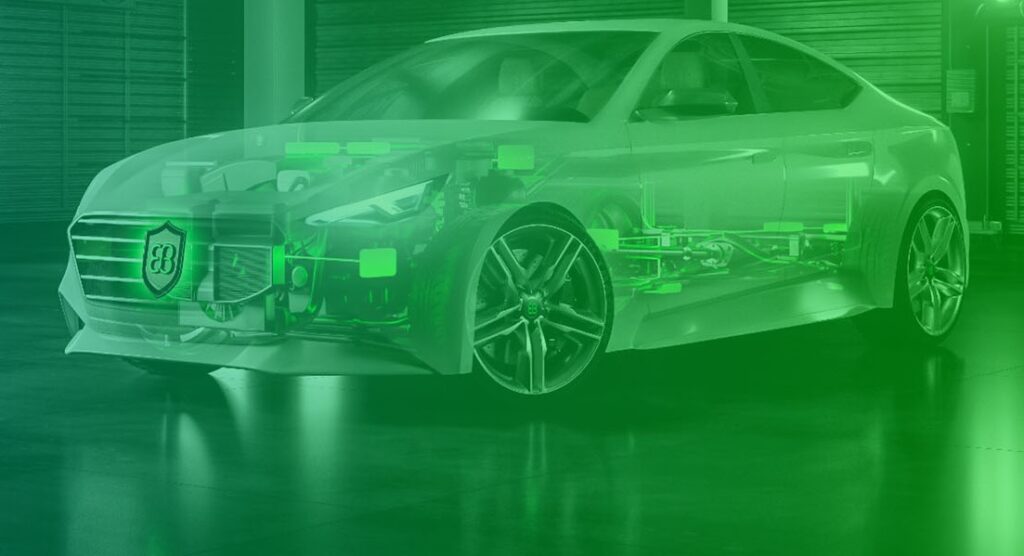
The safe state – Architectures and Degradation Mechanisms for Reliable Behavior in Failures
Elektrobit
“In recent years, there has been strong growth in the number of electronic control units (ECUs) and their functions in vehicles. New technologies, particularly in the Driver Assistance sector, mean that functions are becoming more complex. Additionally, there are increasing demands on hardware performance. Where 40 MHz single-core processors used to be sufficient, multi-core processors with three-digit clock rates are now being used.”
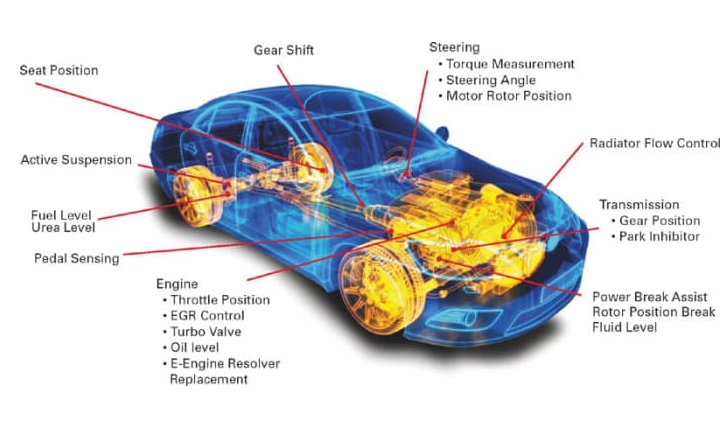
Is Machine Learning the Future of Managing Automotive Sensor Degradation?
EDN
“While the automotive industry is looking at the sensor degradation problems very deterministically, moving forward, there is an ample opportunity for using some of the advanced computing techniques to perform degradation-related analysis using machine learning. However, the idea of using machine learning to manage sensor degradation in vehicles is currently in infancy and will require far more compute power.”

ADAS Sensor Calibration Increases Repair Costs
AAA
“Consider that a sensor on the car that is out of alignment by a fraction of an inch or even one degree will be aimed at an area significantly off axis 50 or more feet down the road. Misaimed sensors often result from collisions – even a minor fender bender can knock ADAS sensors out of alignment. However, calibration can also be required as a byproduct of common car service work such as windshield replacement, suspension repair or wheel alignment.”